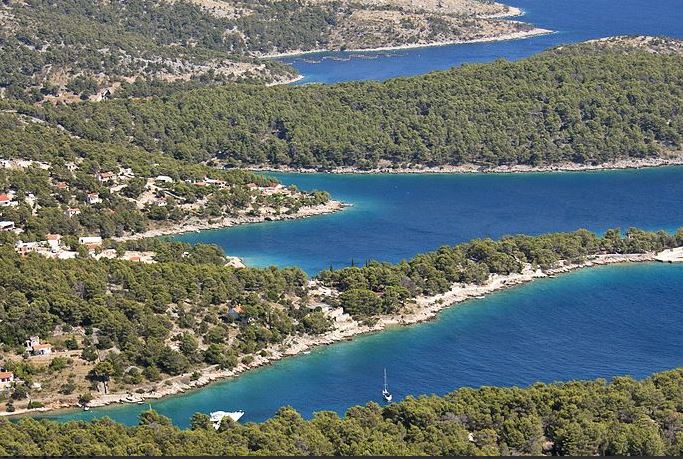Bay Lucice
Removed from Unnamed collection





Source: Angie Bell (Skip the Line Travel) Images may be subject to copyright. Learn More
Nestled along the stunning Brač coastline, Lučice Cove is a favorite spot for those sailing these beautiful waters. This charming cove boasts five inlets that provide reliable shelter from the wind, making it a sailor's haven. But it's not just for seafarers: divers are drawn to the intriguing cave located on the western side of the cove. The sandy seabed and lush pine forest create a breathtaking backdrop, while the sea itself dazzles with an exquisite sky-blue hue, practically begging you to take a dip.
Accommodation is plentiful, with a variety of summer houses, apartments, and rooms available to suit different tastes and budgets. After a day of adventure, indulge in the local cuisine at nearby restaurants, where you can savor Dalmatian specialties and a rich selection of fresh fish.
Lučice Cove is not only about the sea and sand; it's a place where you can unwind and soak up the natural beauty, with the gentle rustling of pine trees and the rhythmic lapping of waves providing a soundtrack to your stay. Whether you're exploring the underwater wonders or simply relaxing on the shore, this idyllic spot offers a slice of paradise.
 Angie Bell (Skip the Line Travel)
Angie Bell (Skip the Line Travel)  Croatia
Croatia